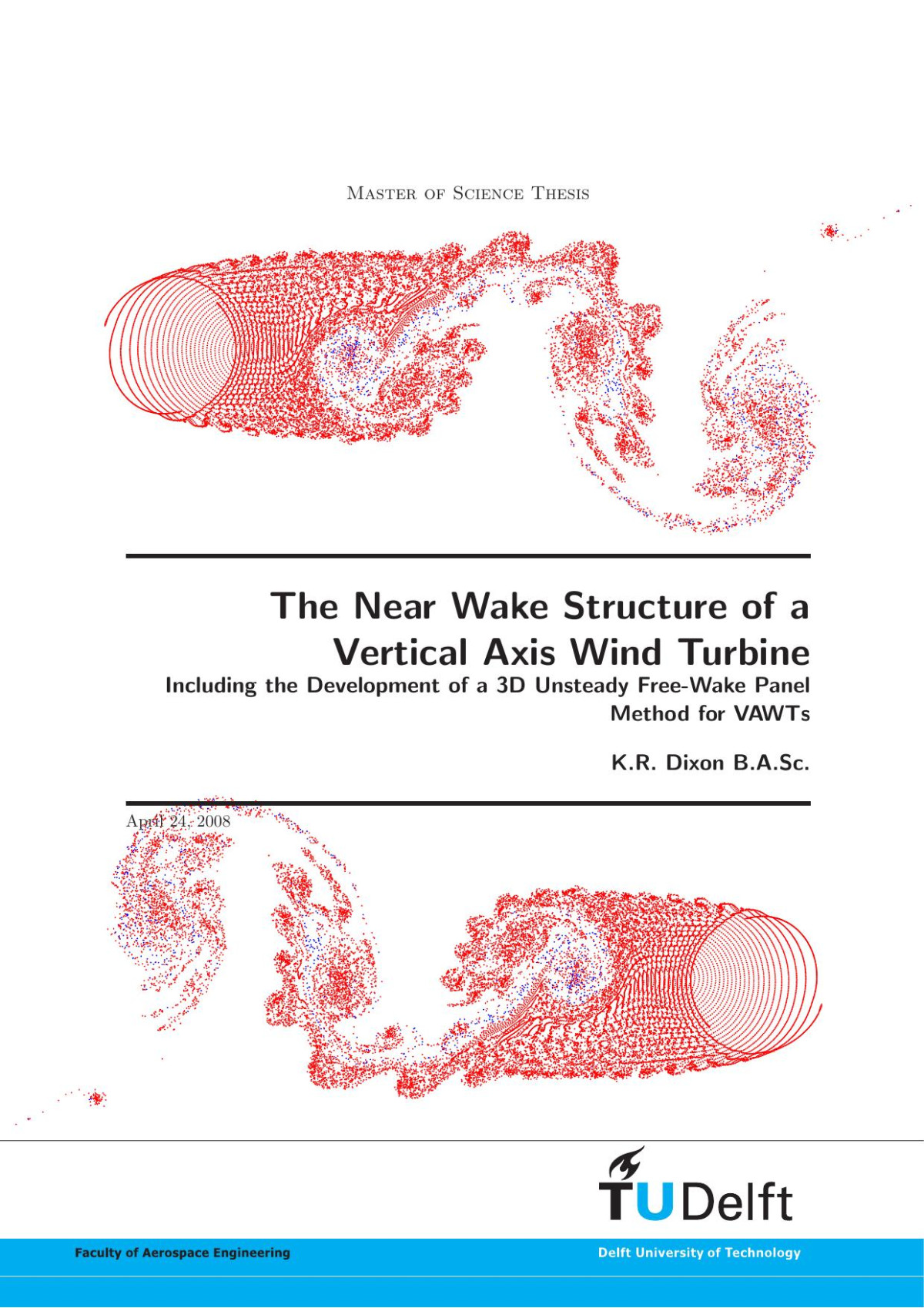

Most ebook files are in PDF format, so you can easily read them using various software such as Foxit Reader or directly on the Google Chrome browser.
Some ebook files are released by publishers in other formats such as .awz, .mobi, .epub, .fb2, etc. You may need to install specific software to read these formats on mobile/PC, such as Calibre.
Please read the tutorial at this link: https://ebookbell.com/faq
We offer FREE conversion to the popular formats you request; however, this may take some time. Therefore, right after payment, please email us, and we will try to provide the service as quickly as possible.
For some exceptional file formats or broken links (if any), please refrain from opening any disputes. Instead, email us first, and we will try to assist within a maximum of 6 hours.
EbookBell Team

0.0
0 reviewsA 3D unsteady multi-body panel method is developed that can model arbitrary geometries.The method has been specifically designed so that it can handle the blade-wake interactions and viscous wake effects that are important for modelling a vertical axis wind turbine (VAWT). A systematic validation and verification of the model is presented against theoretical and experimental results. Validation of VAWT wake shapes is given in 2D and 3D by comparison with experimental results using several different techniques (smoke-trail, PIV,and water-tank dye injection). A generalized wake structure for a straight bladed VAWT is explained, and how this structure deforms in time and changes with tip speed ratio and height-diameter ratio. General conclusions of this work are offered in addition to suggested topics for future research.